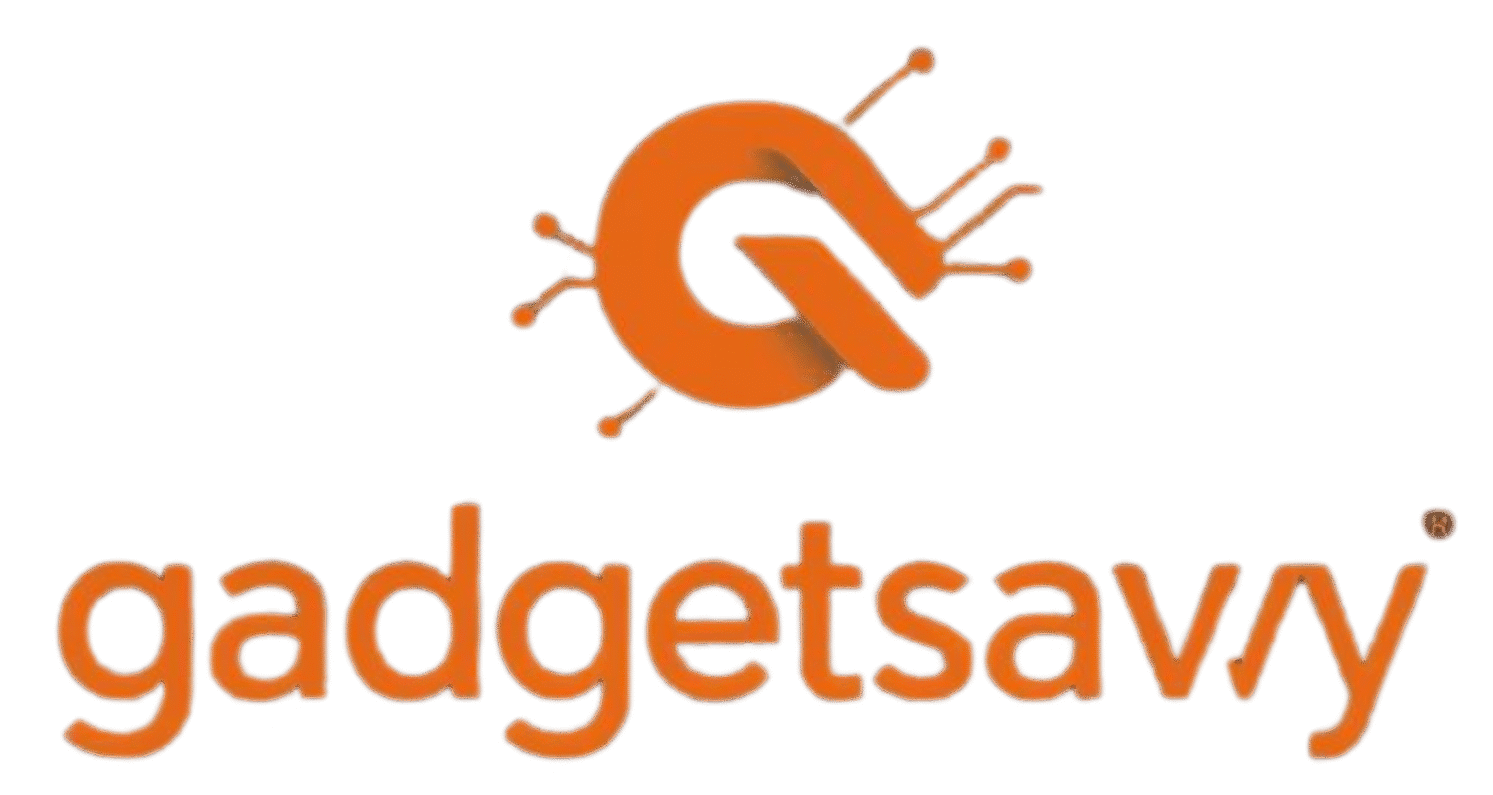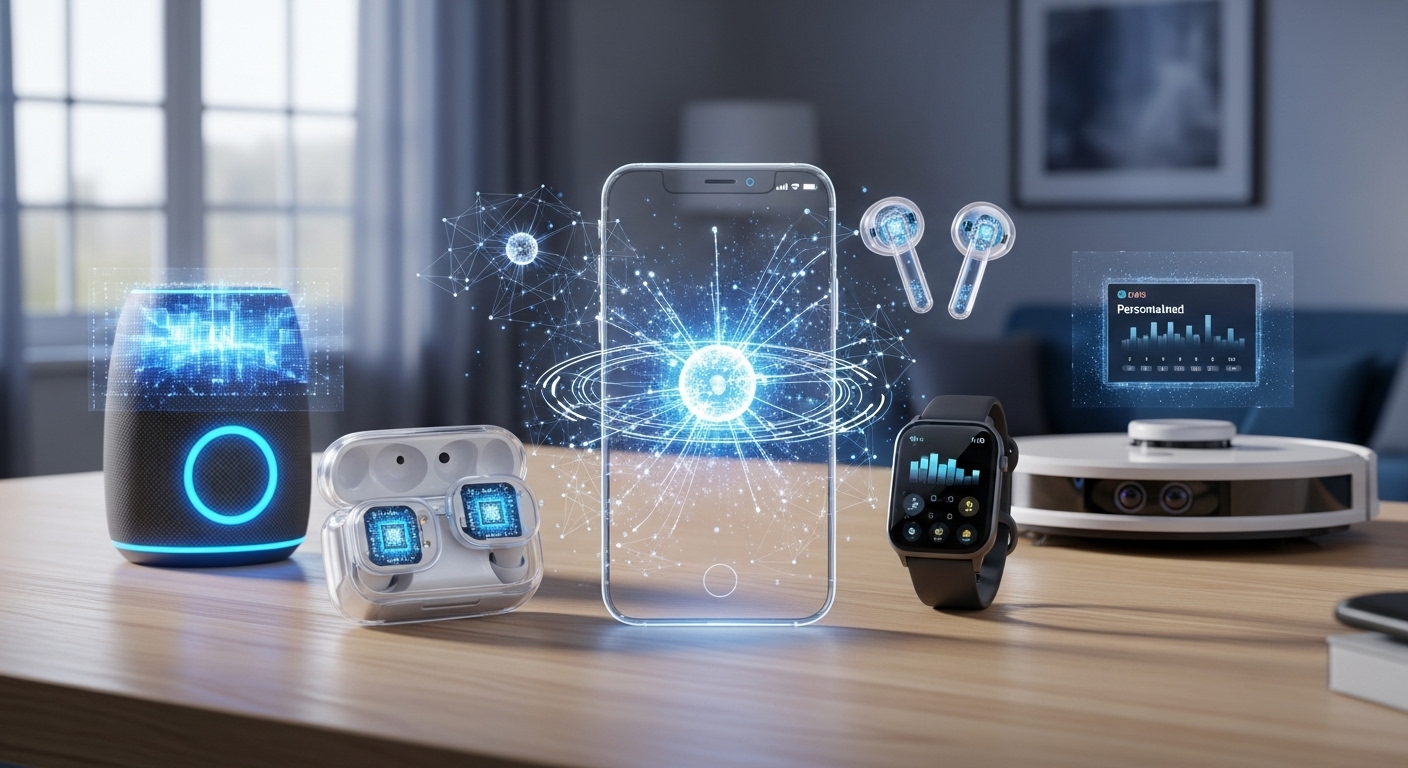How AI is Revolutionizing Everyday Tech Devices
Artificial Intelligence (AI) is no longer confined to research labs or specialized applications; it is embedded in the everyday devices we use. AI is transforming the way we interact with technology, making devices smarter, more intuitive, and capable of learning from user behavior. Here’s how AI is revolutionizing everyday tech devices:
Personalized User Experiences
AI algorithms analyze user behavior to provide personalized experiences. Smart TVs recommend shows based on viewing habits, smartphones adjust settings based on usage patterns, and smart home devices anticipate your needs, making technology feel more human and responsive.
Predictive Maintenance
AI is helping extend the lifespan of devices through predictive maintenance. Smart appliances can alert users to potential malfunctions, schedule maintenance, or even self-diagnose issues. This reduces downtime and prevents costly repairs.
Enhanced Security
AI enhances security in devices like cameras, smart locks, and cybersecurity software. Facial recognition, anomaly detection, and behavior-based alerts provide advanced protection against unauthorized access and cyber threats.
Voice and Gesture Recognition
AI-powered voice and gesture recognition have transformed the way we interact with devices. From controlling smart home systems to hands-free navigation in cars, AI enables seamless and intuitive interactions.
Energy Efficiency
AI optimizes energy consumption in smart homes and devices. Thermostats, lighting systems, and appliances learn usage patterns and adjust performance to save energy without compromising convenience.
Autonomous Functionality
AI enables devices to operate autonomously. Robotic vacuums clean efficiently without supervision, drones deliver packages intelligently, and smart fridges manage inventory and suggest meals, demonstrating the growing intelligence of everyday devices.
Integration Across Ecosystems
AI ensures that devices work cohesively within a connected ecosystem. Smartphones, wearables, smart homes, and even vehicles can communicate and coordinate actions, creating a seamless user experience and unlocking new possibilities for automation.
Conclusion
The technological landscape of 2025 is characterized by intelligence, connectivity, and personalization. Smart gadgets are transforming homes into responsive environments, wearables are becoming indispensable for health and lifestyle management, and AI is enhancing every aspect of our daily tech interactions. By embracing these innovations, you can elevate your home, health, and productivity to new heights. Investing in smart gadgets and AI-driven devices is no longer just a convenience—it is a step toward a more efficient, connected, and futuristic lifestyle.

